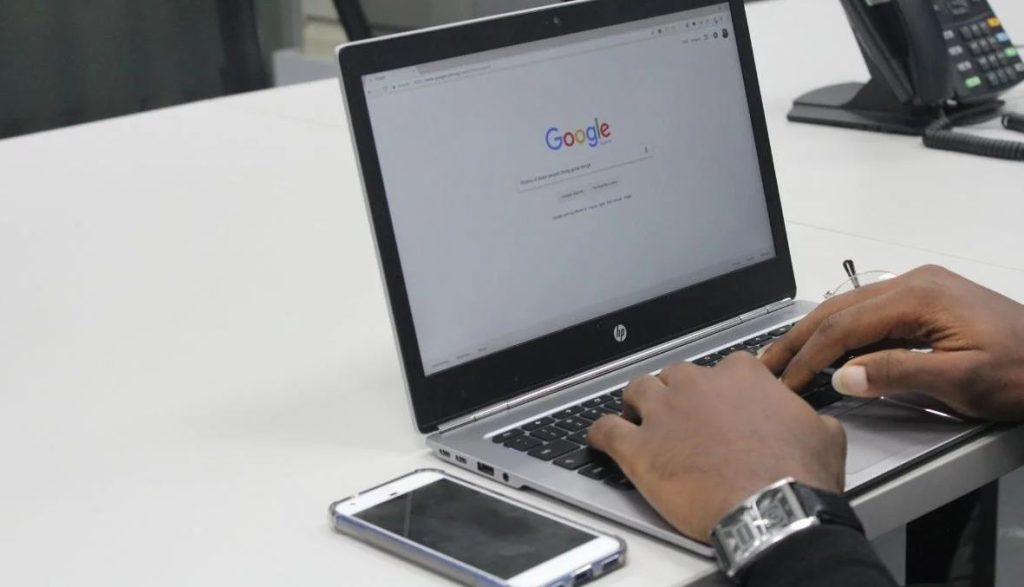PimEyes is a publicly accessible face‑search engine that allows users to upload a photo of a person’s face and then searches the internet for matching images. On its website, the company states that its purpose is to help individuals discover where their images appear online and to “protect their privacy and image”.
Despite these stated intentions, the technology behind PimEyes has raised significant concerns among privacy experts and civil liberties advocates, because the same features that let someone find their own image can also be used to locate information about someone else without their knowledge or consent.
How It Works
To use PimEyes, a user uploads a clear, forward‑facing photograph of a person. The system analyses the face and then searches publicly available online images for visually similar faces. It returns results with links to websites where matching images appear.
Basic results may be available for free, but more detailed results (including full matched links, alerts, monitoring features) require subscription. In addition, the platform offers an “opt‑out” feature, which allows individuals to request that their images be excluded from future search results via the service.

Why It Raises Alarm
Though PimEyes markets itself as a privacy‑protection tool, its capabilities raise major ethical and safety questions. Because anyone can upload a photo of another person (even without their consent), the technology enables individuals to be identified, tracked or harassed. One academic described the tool as potentially “virtually the end of the ability to hide in plain sight”. Campaigners and privacy watchdogs have flagged that the database and mechanics of a public face‑search engine means it could be used for stalking, doxxing, identity theft, or other forms of personal exposure.
Additionally, regulatory bodies in Europe are examining PimEyes for potential violations of data protection laws such as the General Data Protection Regulation.
Real‑World Use and Consequences
Practical examples show how the tool can be used beyond self‑monitoring. Some users have uploaded images of others — such as strangers, public figures, or people they wish to identify — and used the matches to trace personal details or discover information online about those individuals. Although the company claims it blocks searches of minors’ faces and limits certain uses, critics argue that the safeguards remain weak and the potential for abuse is substantial.
What Can You Do?
If you’re worried about your likeness being used or found via face‑search services like PimEyes, there are a few steps you can take:
- Consider submitting an opt‑out request to have your images removed from the service’s searchable index.
- Audit your online presence: examine where images of you appear publicly, check privacy settings on social media, and remove or restrict access where possible.
- Be cautious about sharing clear, forward‑facing photos of yourself in public sites, where they might be indexed and used by face‑search tools.
- Stay informed about how emerging facial recognition and image‑search technologies are evolving, and whether local laws or regulations protect biometric or facial data.

What This Means for Privacy Going Forward
The existence of a tool like PimEyes signals a broader shift in how easily biometric information — like a face — can be used to map someone’s identity online. It challenges traditional notions of anonymity and highlights risks in our evolving digital environment.
The debate is no longer just about whether facial recognition is possible, but about how it should be regulated, who can access it, and how individuals can retain agency over their. In a world where a single photo can trigger a chain of matches leading to identification, tracking, or exposure, the importance of transparent safeguards, user consent and robust data‑protection laws becomes ever more critical.

















